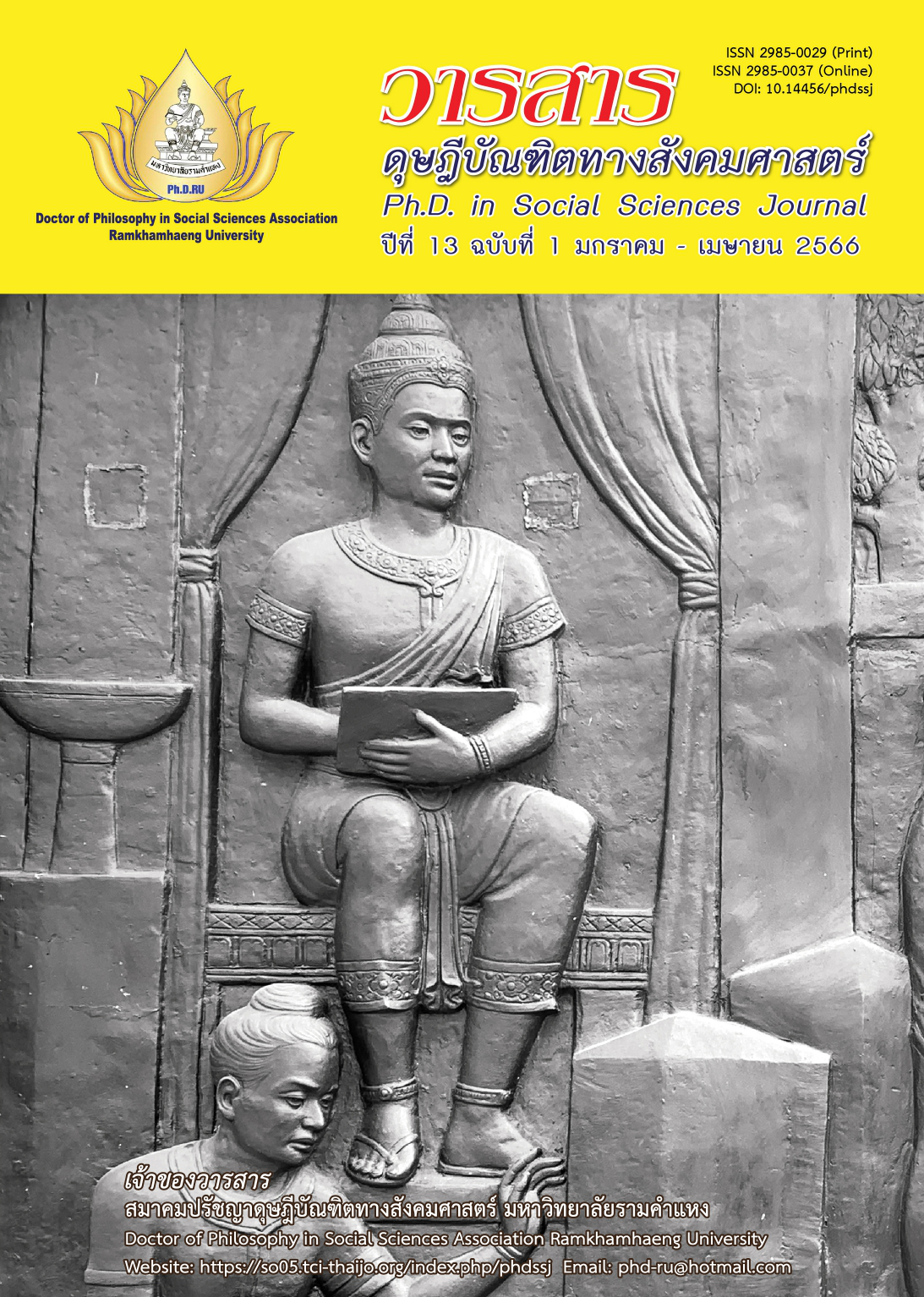The Development of an Integrated Strengthening Capacity Model for Students with Special Needs in Srisangwan School, Chiang Mai
Main Article Content
Abstract
This research article aimed to (1) study current state and future trends, the need to develop an integrated strengthening capacity model for students with special needs in Srisangwan School, Chiang Mai (2) to create an integrated strengthening capacity model for students with special needs in Srisangwan School, Chiang Mai and (3) to study the results of using the integrated strengthening capacity model for students with special needs, Srisangwan School, Chiang Mai. This research study uses the mixed methods research methodology.
The research findings revealed that: (1) Current conditions of teachers, students, personnel, parents, and stakeholders Overall, at the level Moderate in all aspects. The need to develop an integrated capacity building model for students with special needs, Srisangwan School, Chiang Mai. Overall is at the highest level. (2) The result of creating the integrated strengthening capacity model for students with special needs in Srisangwan School, Chiang Mai, found that the development of an integrated strengthening capacity model for students with special needs in Srisangwan School, Chiang Mai has there components which are: SIEBN Model. For students with special needs, Srisangwan School, Chiang Mai. The results of the study of using of the development of an integrated strengthening capacity model for students with special needs in Srisangwan School, Chiang Mai found that Evaluation results for accuracy/suitability/feasibility/ benefits by experts the overall was at the high level. (3) The result of using the development of an integrated strengthening capacity model for students with special needs in Srisangwan School, Chiang Mai found that; academic year 2019 Students had the results of the integrated competency assessment an excellent level of 90.03 percent. and the satisfaction towards the results of using the integrated competency building model for learners with special needs at Srisangwan Chiang Mai School.
Article Details

This work is licensed under a Creative Commons Attribution-NonCommercial-NoDerivatives 4.0 International License.
Academic articles, research articles, and book reviews in the Ph.D. in Social Sciences Journal are author’s opinions, and not the publisher’s, and is not the responsibility of the Ph.D. in Social Sciences Journal Philosophy Association, Ramkhamhaeng University. (In the case that research is done on human, the researcher has to be trained in Ethics for Doing Research on Human Training and has to produce the evidence of the training).
References
Keeves, J. P. (1988). Educational research, methodology, and measurement: An international handbook. Pergamon.
Kodner, D. L. (2009). All together now: A conceptual exploration of integrated care. Healthcare Quarterly, 13(Special), 6-15.
Krejcie, R. V., & Morgan, D. W. (1970). Determining sample size for research activities. Educational and Psychological Measurement, 30(3), 607-610.
Na Nan, R. (2007). Core competencies of chief administrators of the Tambon administrative organizations in Nan province. Master’s Independent Study of Public Admistration, Chiang Mai University. [In Thai]
Wonghong, D. (2007). The competency development of senior governing officers in the administration section: The Office of the Permanent Secretary, The Misnistry of Interior. Master’s Thesis of Arts in Political Science, Ramkhamhaeng University. [In Thai]


